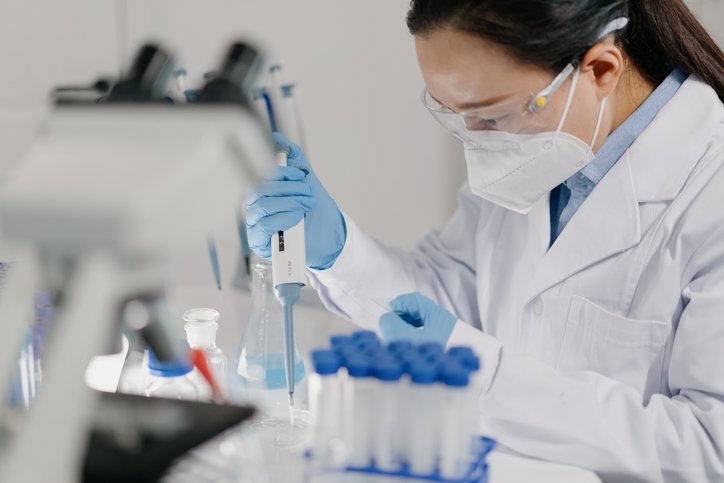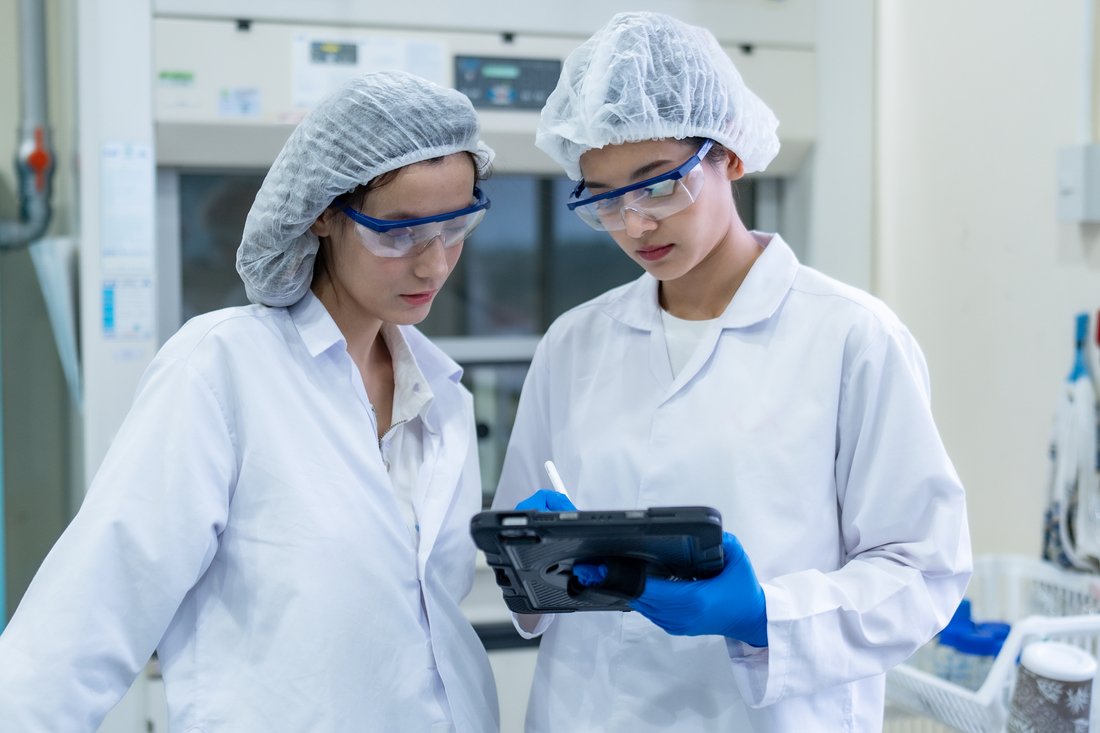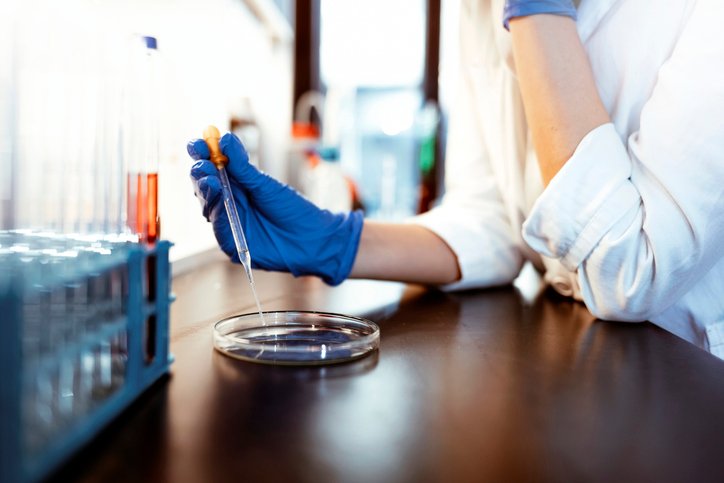The best way to ensure consistency as bioassays are transferred among labs and scaled up is to plan early on for those transfers.
“Don’t back yourself into a corner,” Andrew Taylor, DPhil, associate director of CMC analytical operations for BioAgilytix, told GEN before his presentation at the American Association of Pharmaceutical Scientists’ Summer Scientific Forum.
“Plan as much as you can ahead of time. Once you begin the regulatory transfer itself—or things are being documented—it’s much harder to correct issues.”
Often, those points are subtle. For example, once the assay is being run by multiple scientists, minute differences in pipetting techniques, mixing, and equipment may generate slightly different results, Taylor points out. Ideally, the transferring and receiving labs would have the same equipment, but this may not always be feasible.
Therefore, he recommends conducting both a gap analysis and a risk assessment before undertaking a transfer. “The main thing is to understand what those differences may be and [perhaps] perform a feasibility run to identify any major concerns.”
Also, assess the supply chain and put contingencies in place to ensure that critical reagents remain available despite any disruptions.
Plan proactively
Think long-term. Up until Phase I trials, he says, “you’re just looking at whether the assay…gives you the data to move to the next phase of development.” For it to be useful long term, though, think early about such details as scale-up and throughput.
Scaling up may not be as simple as just adding more reagents or instruments, Taylor points out. “Especially in cell and gene therapies, and advanced potency assays, there’s a lot of manual manipulation taking place. If automation capabilities haven’t been set up, you’re going to struggle if you run multiple plates.” Therefore, he continues, “You may need more advanced technical people, and they have to be trained.”
Additionally, as the assay moves through each clinical development phase, the rigor of the transfer parameters should increase, “similar to a validation,” Taylor says. For example, “You’ll want to incorporate a larger number of indices or sample types, increase the runs per analyst, and the robustness assessments of the method itself.” Regulators, he points out, will expect a rigorous statistical package and tight product parameters. The a priori values identified initially may be inadequate for later development phases, he points out. Likewise, you may realize certain parameters or materials are more or less critical than initially thought.
By the end of Phase III, “you think you’ve developed the method as best you can, but there’s always room for improvement,” Taylor says. That’s why, even at this point, monitoring trends and ensuring controls remain crucial.
The post Strategies to Improve Consistency in Bioassay Method Transfer appeared first on GEN – Genetic Engineering and Biotechnology News.




